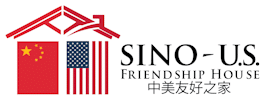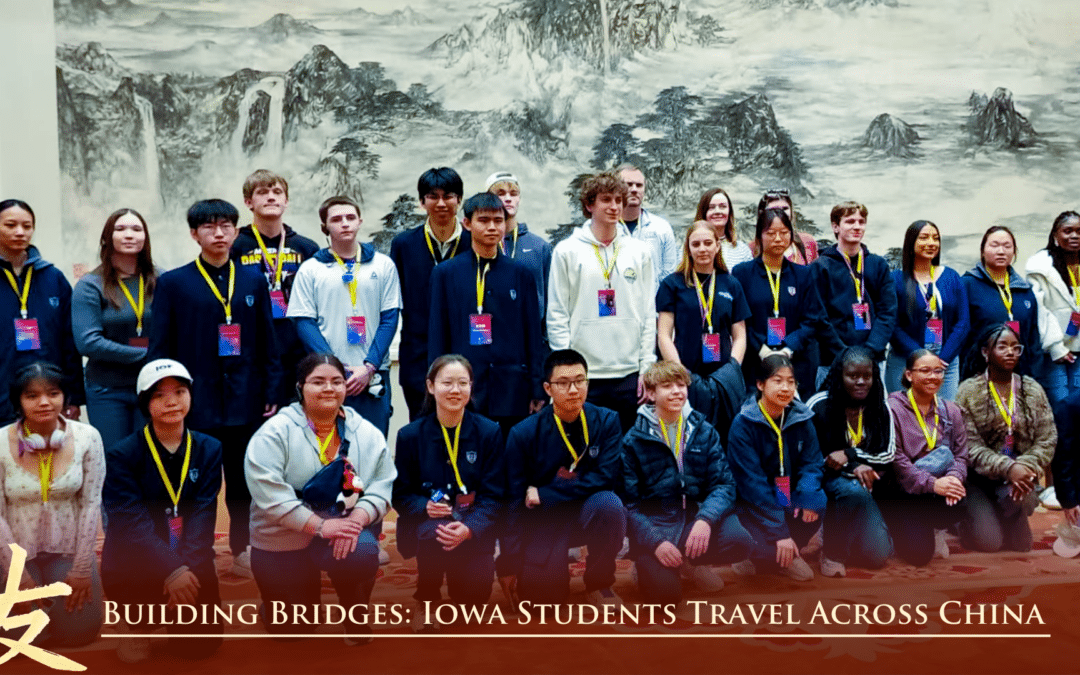Introduction: The Significance of Cultural Exchange Programs
Cultural exchange programs play a crucial role in strengthening the relationships between countries, and the United States and China are no exception. These programs provide a platform for individuals from different cultures to interact, learn, and understand each other’s customs, traditions, and values. By fostering mutual understanding, cultural exchange programs contribute to building trust and promoting peaceful coexistence between nations. In the case of the U.S.-China relationship, these programs have been instrumental in bridging the cultural gap and establishing a foundation for economic, diplomatic, educational, and intellectual collaborations.
Historical Context: Cultural Exchanges between the U.S. and China
Cultural exchanges between the United States and China have a long and rich history that dates back to the early 19th century. The first significant cultural exchange occurred in 1844 when the Treaty of Wanghia was signed, allowing American citizens to reside and trade in China. This marked the beginning of a cultural exchange that would continue to evolve over the years. In the 20th century, the establishment of diplomatic relations between the two countries further facilitated cultural exchanges, leading to an increase in educational, artistic, and intellectual collaborations.
Promoting Mutual Understanding: Cultural Exchange Programs as a Bridge
Cultural exchange programs serve as a bridge between the United States and China, promoting mutual understanding and breaking down stereotypes. These programs provide opportunities for individuals to experience each other’s cultures firsthand, fostering empathy and appreciation for the differences and similarities between the two nations. By engaging in cultural activities, such as language immersion programs, art exhibitions, music festivals, and culinary exchanges, participants gain a deeper understanding of each other’s values, traditions, and ways of life. This understanding helps to dispel misconceptions and build trust, laying the foundation for stronger relationships.
Economic and Diplomatic Benefits: Strengthening U.S.-China Relations
Cultural exchange programs have significant economic and diplomatic benefits for both the United States and China. According to a report by the U.S. Department of Commerce, Chinese tourists visiting the United States spent over $36 billion in 2018, contributing to the U.S. economy and creating jobs. Cultural exchange programs play a crucial role in attracting Chinese tourists by showcasing American culture, history, and lifestyle. Additionally, these programs facilitate business partnerships and collaborations between American and Chinese companies, leading to increased trade and investment opportunities.
From a diplomatic perspective, cultural exchange programs help to build trust and understanding between the United States and China. By promoting people-to-people interactions, these programs create a positive image of each country in the eyes of the other. This positive perception can have a significant impact on diplomatic negotiations and cooperation in areas such as climate change, security, and global health. Cultural exchange programs provide a platform for dialogue and collaboration, enabling both nations to address common challenges and find mutually beneficial solutions.
Educational and Intellectual Exchanges: Fostering Innovation and Collaboration
Cultural exchange programs have a profound impact on education and intellectual development in both the United States and China. These programs facilitate student exchanges, allowing young individuals to study abroad and experience different educational systems. By immersing themselves in a new culture, students gain a global perspective, develop cross-cultural communication skills, and foster innovation and creativity. Furthermore, intellectual exchanges between scholars, researchers, and professionals from both countries lead to the sharing of knowledge, ideas, and best practices, fostering collaboration in various fields such as science, technology, medicine, and the arts.
Challenges and Future Prospects: Enhancing Cultural Exchange Programs
While cultural exchange programs have proven to be beneficial in strengthening U.S.-China relationships, they also face challenges that need to be addressed to enhance their effectiveness. One challenge is the language barrier, as not all participants may be proficient in the host country’s language. To overcome this, language training programs can be incorporated into cultural exchange programs to ensure effective communication and a deeper understanding of each other’s cultures.
Another challenge is the need for increased diversity and inclusivity in cultural exchange programs. Efforts should be made to ensure that participants from various backgrounds, including ethnic minorities and underrepresented groups, have equal access to these programs. This will promote a more comprehensive understanding of both countries’ cultures and contribute to a more inclusive and equitable relationship.
In terms of future prospects, technological advancements offer new opportunities for cultural exchange programs. Virtual exchanges, online platforms, and digital resources can be utilized to reach a wider audience and facilitate cross-cultural interactions. Additionally, incorporating sustainability and environmental awareness into cultural exchange programs can address global challenges and foster collaboration in areas such as renewable energy, conservation, and climate change mitigation.
In conclusion, cultural exchange programs play a vital role in strengthening U.S.-China relationships. By promoting mutual understanding, these programs bridge the cultural gap and establish a foundation for economic, diplomatic, educational, and intellectual collaborations. Despite challenges, the future of cultural exchange programs looks promising, with opportunities for enhanced inclusivity, technological advancements, and a focus on sustainability. As the world becomes increasingly interconnected, cultural exchange programs will continue to be a cornerstone in building stronger relationships between nations.








